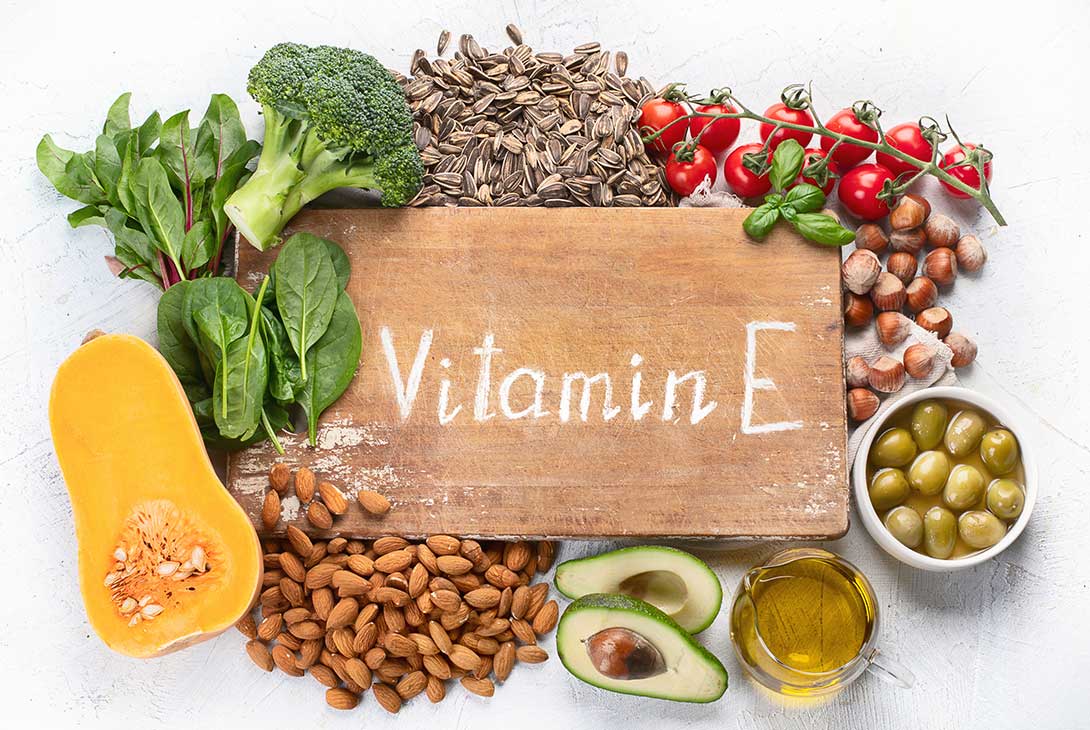
Why We Use Natural Vitamin E So Much
Bear with us beauty and skincare geeks and strap yourself in as we dish all the goods on Vitamin E; the kind we use and why we love it so much. If you’ve ever done a bit of research into skin care, you’ve probably encountered the insane amount of information online, which can be daunting at the best of times, especially when a lot of it seems to be conflicting. You’ve probably also come across Vitamin E as an ingredient in a lot of skin care products.
It’s a Vitamin, and vitamins have to be good for you right?! The straight forward answer is yes, Vitamin E is good for the skin. But (there’s always a but) what you might not be aware of is that the world of skin care and ingredients is far from straightforward. More like curvey, turney, plenty of hidey holes and hidden things and...well you get the idea. We hope to offer you a little bit of information that will help you distinguish between products and brands that spend a little bit more on quality and details and get you better value for your money, and the ones that don’t.
Vitamin E will always appear lower down on product labels as the recommended percentage is below 1%. Vitamin E’s fancy name is “Tocopherol”, but what is most important are the letters that come before it. If it says “DL- Tocopherol” then it’s a synthetic version of Vitamin E. Unlike other vitamins, synthetic Vitamin E is not biochemically equivalent to the natural forms. In simpler words, synthetic Vitamin E does not offer the same benefits as Natural Vitamin E. Synthetic Vitamin E is produced from petrochemicals – by the reaction of isophytpol with trimethylhydroquinone. Surely that is enough big words to scare you off, right?
Synthetic Vitamin E does almost nothing for the skin as it’s not a chemical equivalent to the Vitamin E we naturally produce. Natural Vitamin E is great for the skin, is a wonderful antioxidant and leaves the skin feeling soft and fresh. While synthetic Vitamin E is cheap, clear and odourless, Natural Vitamin E is brownish, has a characteristic smell and costs a lot more. Guess which one we use in every one of our creams and serums?
Now if you remember nothing else from this article, just remember the letter L before the name. Natural Vitamin E has no L before its name. That’s easy, right? Just remember to look for the absence of L. So it can be Tocopherol, or D-Tocopherol, or D Alpha Tocopherol or mixed Tocopherol. Just no DL-Tocopherol. No L means it’s natural.
Almost all of our creams and serums contain Natural Vitamin E. Not just because it sounds good and has great skin-loving properties, but it’s also a part of the preservative system because Vitamin E can be used to help prevent the oils in a cream mixing with oxygen (oxidising). Natural Vitamin E can be sourced from a variety of plants and seeds, as it’s a common natural compound. It has great antioxidant action as well as free-radical scavenger properties, and there are a number of studies showing it can slow the ageing process.
There are plenty of reasons to make sure Vitamin E is included in your skin care regime and we hope we have shed some light on what to look out for when finding this ingredient. If you spot an L before “Vitamin E”, it might be a good reason for you to look into the other ingredients that brand uses, especially for things like preservation which can commonly be taken care of with questionable, cheap synthetic ingredients. Phenoxyethanol is a perfect example of a synthetic preservative that some “natural” companies still use.
Since we make all of our products to use on ourselves and our family, we take great pride in only using the best ingredients even if it costs us a little bit more. We also know that the information out there about ingredients can be so overwhelming so we like to share what we know. If you have any other questions about Vitamin E, or any other ingredient we use or don’t use, please get in touch. It’ll give our formulator something to do.